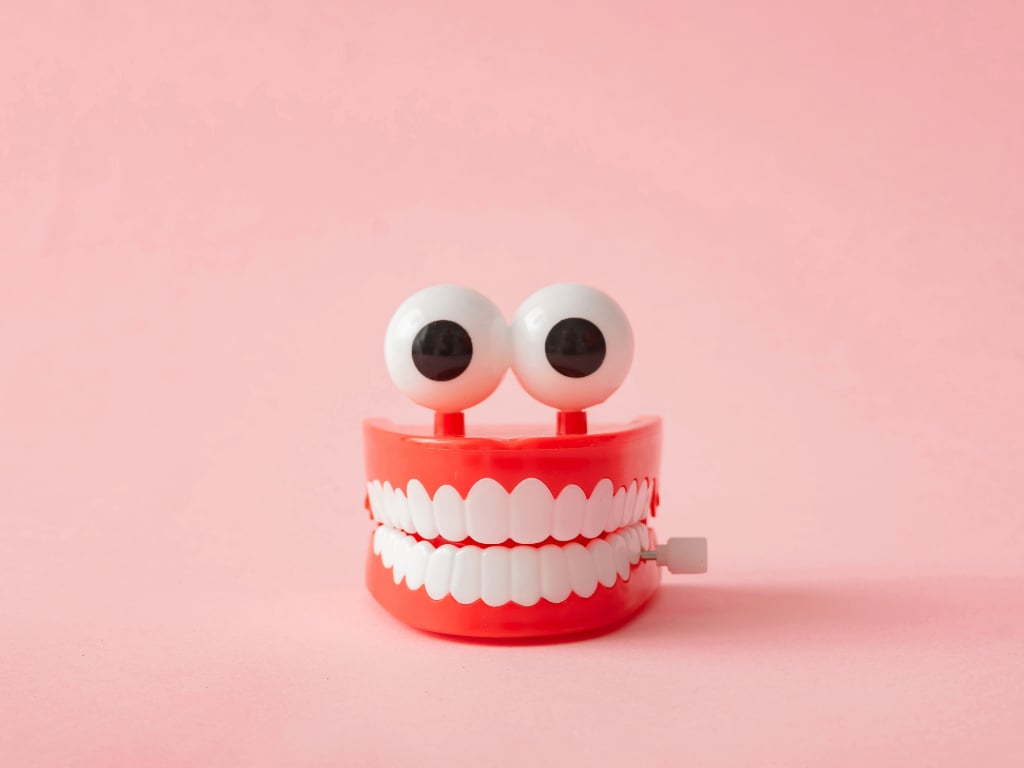In a move that was years in the making, the FDA last week ruled on what officially qualifies a food product as “gluten-free,” giving a nod to the ever-growing gluten-intolerant community.
According to the FDA, currently 5 percent of food products marked as “gluten-free” actually contain more than 20 parts per million, which is enough to sicken those who are gluten-intolerant or suffer from celiac disease. “When people with celiac disease have to follow the diet and the labels aren’t accurate, it puts people at a lot of risk and can be a huge stressor,” says local registered dietitian Cheryl Harris, who suffers from the disease. The new ruling “means there’s finally accountability and a set standard.”
Here are five key things to know about the FDA’s ruling.
1) The official labeling goes into effect in one year.
Although the FDA made its announcement last week, the new standards for gluten-free labeling don’t go into effect until August 5, 2014. Harris says until then the best thing you can do is look for foods that are marked with gluten-free certifications, such as those from the Gluten-Intolerance Group, which tests products for gluten-levels.
2) Food products must meet the following requirements to be “gluten-free”:
—A product must not have a gluten-containing grain.
—Any unavoidable presence of gluten must be less than 20 parts per million. The food must be manufactured with the intent to be gluten-free.
3) The gluten-free labeling is voluntary.
That means you don’t have to limit yourself to those food products that are labeled gluten-free, says Harris. “People can eat foods that aren’t labeled gluten-free as long as there’s no gluten on the label, like plain fruits, veggies, nuts, eggs, fish, et cetera. But people with Celiac should not eat oats without a gluten-free label, and should avoid all grains without a gluten-free label.”
4) Restaurants must follow the gluten-free guidelines.
The FDA writes that “any use of an FDA-defined food-labeling claim on restaurant menus should be consistent with the regulatory definitions.” The same now goes for gluten-free claims.
5) Certain products are still not covered under this ruling.
Medicine and alcohol do not qualify for this gluten-free labeling. Harris says the FDA has promised to address gluten-free labeling in beers and coordinate with the Alcohol and Tobacco Tax and Trade Bureau, which is currently responsible for regulating the beverages. The FDA is currently considering the public comments received in 2011 about the presence of gluten in medications.


















